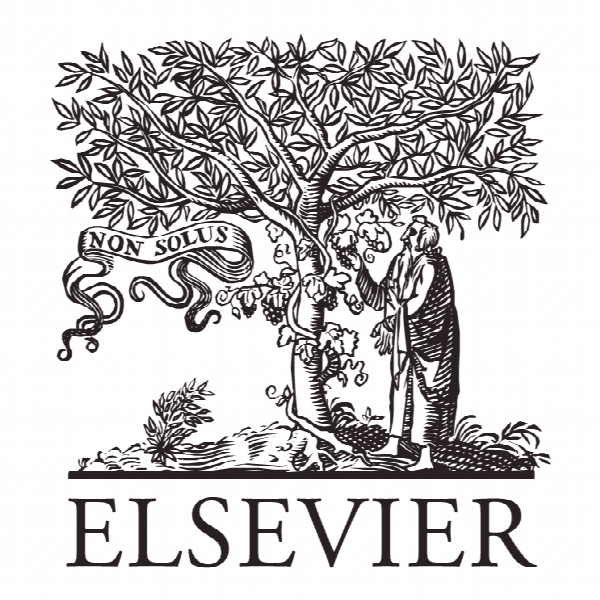دوپینگ در ورزش: مشکل چه کسی است؟ Doping in sport: Whose problem is it?
- نوع فایل : کتاب
- زبان : انگلیسی
- ناشر : Elsevier
- چاپ و سال / کشور: 2017
توضیحات
رشته های مرتبط تربیت بدنی
مجله مرور مدیریت ورزش – Sport Management Review
دانشگاه گروه روانشناسی / ورزش و علوم ورزشی، دانشکده علوم بهداشت، بخش بهداشت و پزشکی گرمسیری، جیمز کوک، استرالیا
نشریه نشریه الزویر
مجله مرور مدیریت ورزش – Sport Management Review
دانشگاه گروه روانشناسی / ورزش و علوم ورزشی، دانشکده علوم بهداشت، بخش بهداشت و پزشکی گرمسیری، جیمز کوک، استرالیا
نشریه نشریه الزویر
Description
1. Introduction In recent times doping scandals have tarnished a number of sports. These incidents pose threats to the integrity of sport, both nationally and on a global scale. In response, sporting organizations and governments have introduced legislation and accompanying sanctions to deter the use of both performance enhancing and other illicit (non-performance enhancing) drugs. However, it could be argued that effective strategies for combating doping in sport are hindered by a lack of organizational commitment, varying opinions on how the problem should be managed and a lack of reliable information and empirical data to formulate and implement appropriate doping policy. According to the World Anti-Doping Code (WADA, 2015), a substance or method to improve performance will be deemedan anti-doping rule violation if it meets any two of three specified criteria. These are broadly categorized as (1) a potential toenhance performance; (2) a threat to health; and, (3) a violation of the ‘‘spirit of sport’’ (WADA, 2015, p. 14)The issue of whether a substance is performance enhancing or a threat to health clearly places the rationale for antidopingwithin a medical framework (for historical accounts of the development of the WADA Code, see Hunt, 2011; Hunt,Dimeo, & Jedlicka, 2012; Rosen, 2008). The spirit of sport component of the Code’s definition of doping (WADA, 2015, p. 14) isless easily compartmentalized, taking in philosophy (‘‘ethics, fair play and honesty’’), psychology (‘‘dedication andcommitment’’), sociology (‘‘community and solidarity’’), and law (‘‘respect for rules and law’’). Not surprisingly, then, thephrase has become the single most controversial aspect of the Code. Many authors (e.g., Henne, Koh, & McDermott, 2013;Smith & Stewart, 2008; Stewart & Smith, 2014; Waddington, Christiansen, Gleaves, Hoberman, & Møller, 2013) havehighlighted the lack of clarity, absence of logic and other severe problems with the spirit of sport as a criterion for definingdoping. The ambiguity of the term has perhaps contributed to a difference of opinion about how doping should be managedand the fragmented direction of the social science research into doping. In the last few years there has been a significant increase in the amount and scope of social science research into antidoping. However, despite this apparent progress, the field remains a disparate body of work and lacks both direction and leadership. One academic discipline arguably best suited to provide such leadership is sport management. Sport management provides a contextual lens to address the management of sport and its associated practices. Through this lens it can facilitate constructive debate, provide insight into complex phenomena and identify possible solutions to the challenging problems confronting sport. Its ability to apply a range of management theories and its symbiotic relationship with sport suggests that the discipline is well positioned to better understand the complex drivers of doping practices and significantly contribute to the debate on appropriate preventative strategies and deterrence mechanisms. However, the discipline of sport management has had a somewhat chequered history with regard to its relationship to what is colloquially referred to as the ‘‘dark side’’ of sport (Wood, McInnes, & Norton, 2011).


